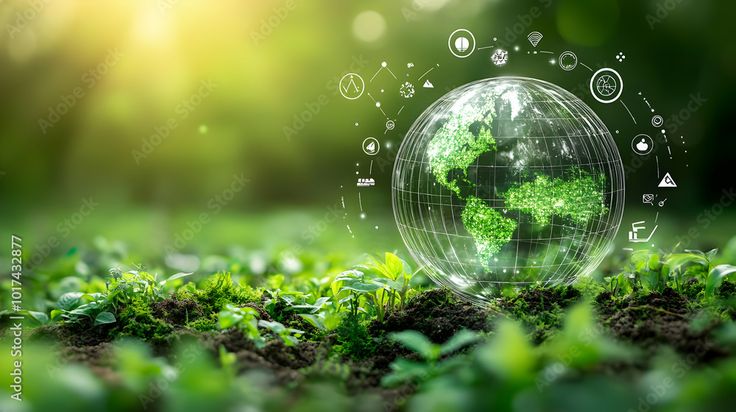Sustainable Solutions for a Changing Planet
Green technology, also known as environmental technology or clean technology, refers to the application of environmental science and monitoring to conserve the natural environment and resources, and to curb the negative impacts of human involvement.
This field encompasses a continuously evolving group of methods and materials, from techniques for generating energy to non-toxic cleaning products. The goal of green technology is to protect the environment, repair damage done to the environment in the past, and conserve Earth's natural resources.
Green technology has become a booming industry that has attracted enormous amounts of investment capital as society increasingly recognizes the need to transition to more sustainable practices.







